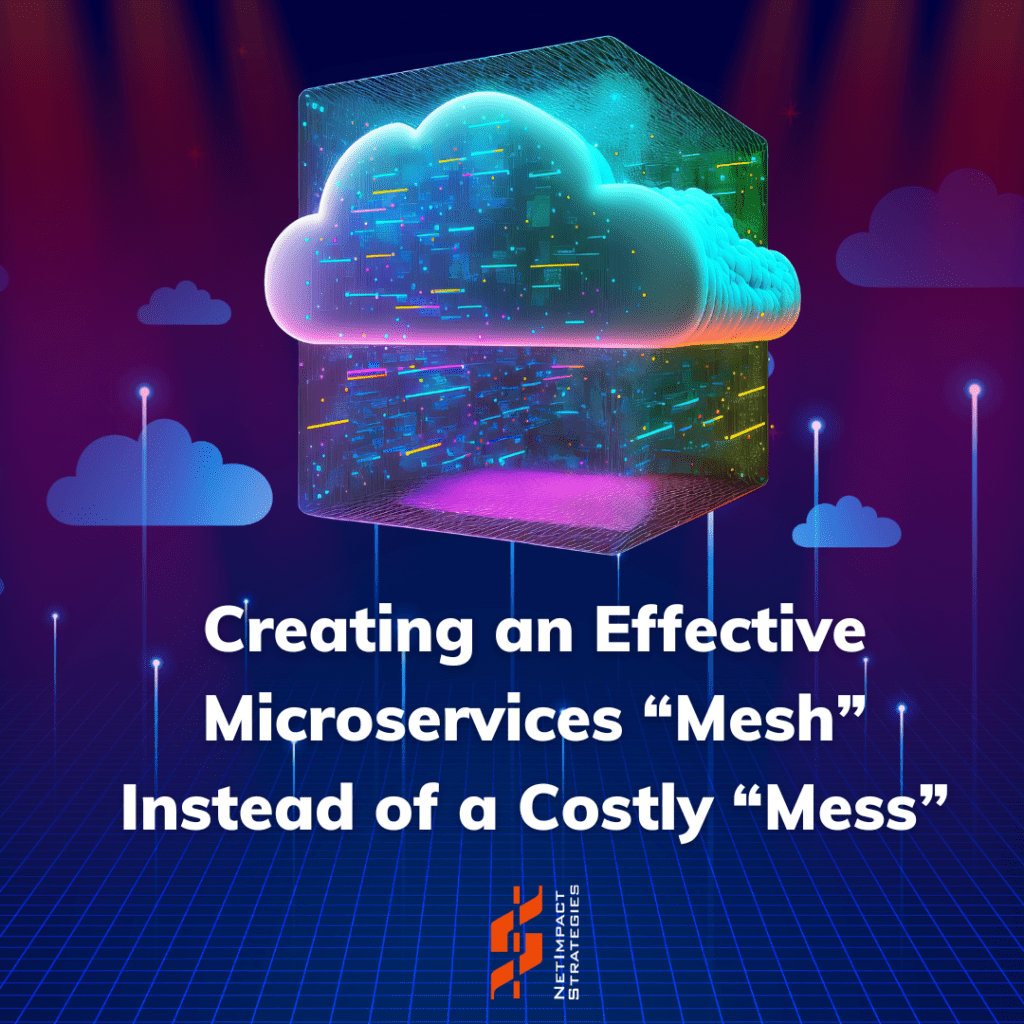Microservices are an architectural approach to building software applications with a combination of reusable sets of smaller services that run independently. Microservices can be developed in parallel by self-contained, smaller teams much quicker and cheaper than using traditional monolithic architectures where all processes are tightly coupled and run as a single service. Business Centric Microservices Accelerate Your Digital Dexterity, by providing a practical, affordable, and faster path to maturing your digital dexterity. Since you are building and assembling several independently deployed microservices to deliver an application system, it can become very complex to interconnect, scale, and maintain your microservices to provide business-centric digital solutions your organization needs.
Here are some critical practices that your teams need to incorporate so that the new complexity is managed effectively to maximize the benefits of microservices
Design: Designing microservices and architecting the application systems that consume several microservices requires a different approach and skill than with monolithic tightly coupled applications. Your application will have scalability and reliability problems if you simply migrate legacy monolithic systems to microservices-centric systems by duplicating monolithic patterns such as two-phase commit in relational database transactions or reliance on session state. Individual microservices also need to be designed with sound error handling, optimal boundaries, and reliable communication between microservices as well as the framework to integrate services.
Data: The ingestion of microservices depends on several factors concerning how information is organized, stored, managed, and shared. The critical factor is understanding the data relationships across the mission/enterprise applications and how data is originated, appended, validated, consumed, and authorized. It is essential to understand the candidate data domains that are available for data sharing and identify how much of this data can be de-coupled (easy or complex) from existing systems. This establishes the extent and boundaries of the enterprise data that is ready to be shared to realize the benefits of the Microservices architecture.
Security: Each microservice is developed and runs independently and as a result becomes an attack surface from a cyber security perspective. Data security, privacy, confidentiality, and integrity could be big concerns in a microservices framework with distributed data. Security design must be incorporated at the service mesh level so that you do not rely solely on individual microservices teams and that the life cycle element of an application that consumes microservices has security built in. Implement security unit tests in the form of both static analysis and dynamic analysis security testing. Use Transport Layer Security consistently and leverage access and identity tokens to ensure that you have proper data and access controls in place.
Operations: Since each microservice can be deployed and runs on a different technology or different infrastructure environment, application system deployment, and operations need to incorporate this heterogeneous nature into operations planning and execution. A testing strategy that incorporates automated test frameworks that work across different technology stacks and different cloud environments becomes key. Service mesh design and operations need to incorporate configurable options and not hard coding as may be done in monolithic systems. Using Site Reliability Engineering practices to apply an engineering approach would also help reduce toil and focus operational teams to proactively respond to user needs.
There is no magic silver bullet to address the complexities that come along with the opportunities that microservices present but prioritizing and focusing on these items will certainly go a long way to address them.



